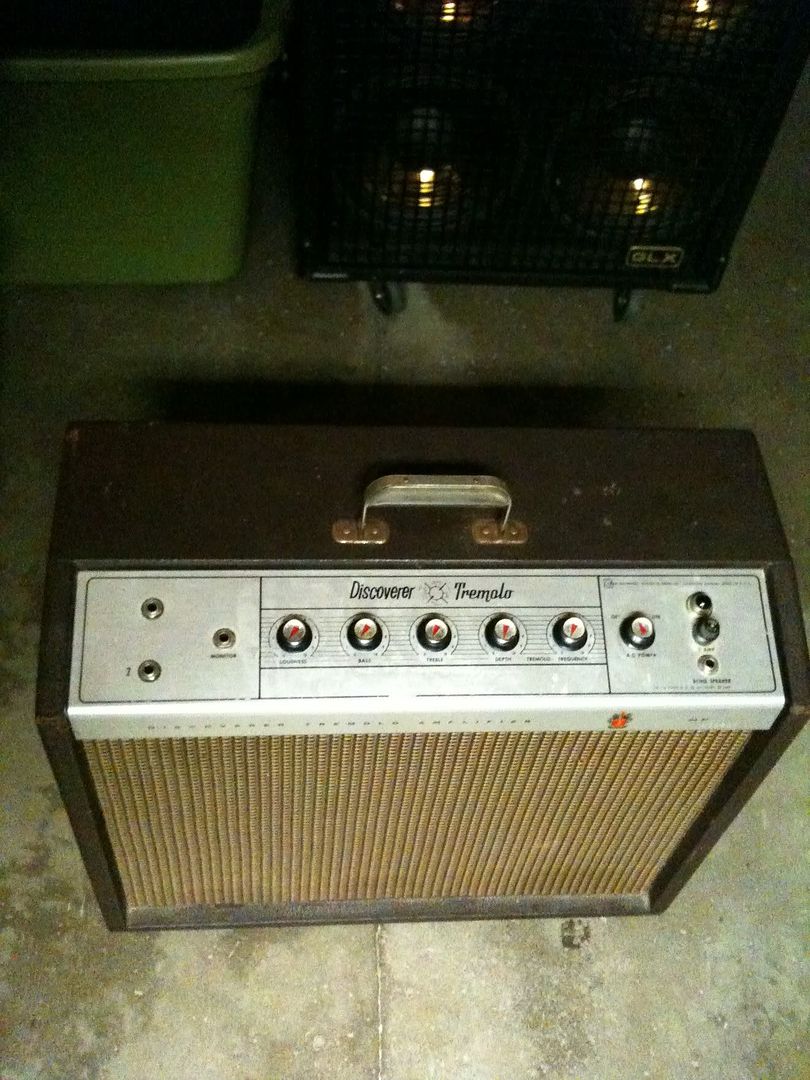
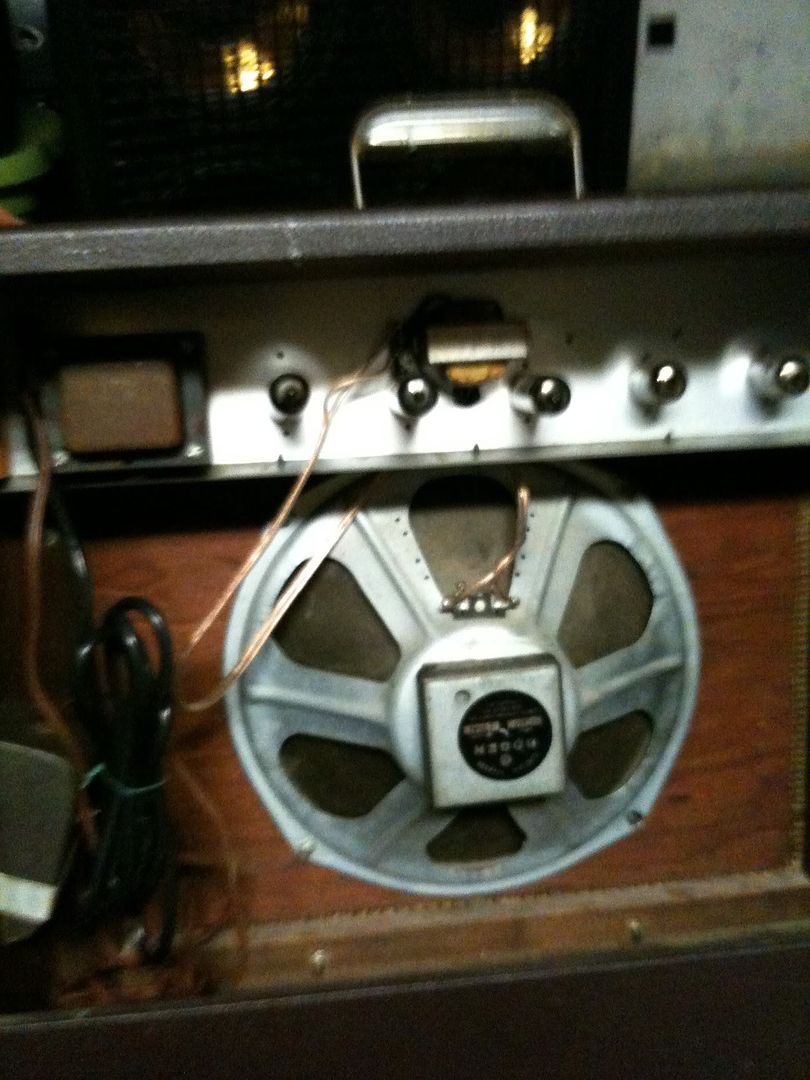
I had someone come to me with a proposition to work on an old amp. Once I got my hands on it and looked up what the amp was, I found that it was a Gibson Discoverer GA-8T. It's a nifty little combo tube amp with built in tube tremolo. According to what I've found this amp was produced from 1962 to 1966 as part of the Crestline series of Gibson tube combos. I have never had my hands on a working amp this old as of yet. This man described to me that the amp would shock him and at times the amp would get extremely hot.
I first gave it a good look over on the outside and noticed two tares in the speaker, and the wire used going to the speaker was a 24guage solid core wire like you would find in telecommunications. I also knew that old tube amps didn't have a grounded three prong power cables for the direct grounding of the chassis; which can be dangerous.


After actually removing the screws and getting to the components inside. I found a scorched 1K resistor connected to the rectifier tube. When I tapped it, snap! The resistor split in half. Eureka! I've found the problem! I replaced the resistor and the power cord grounding the chassis.
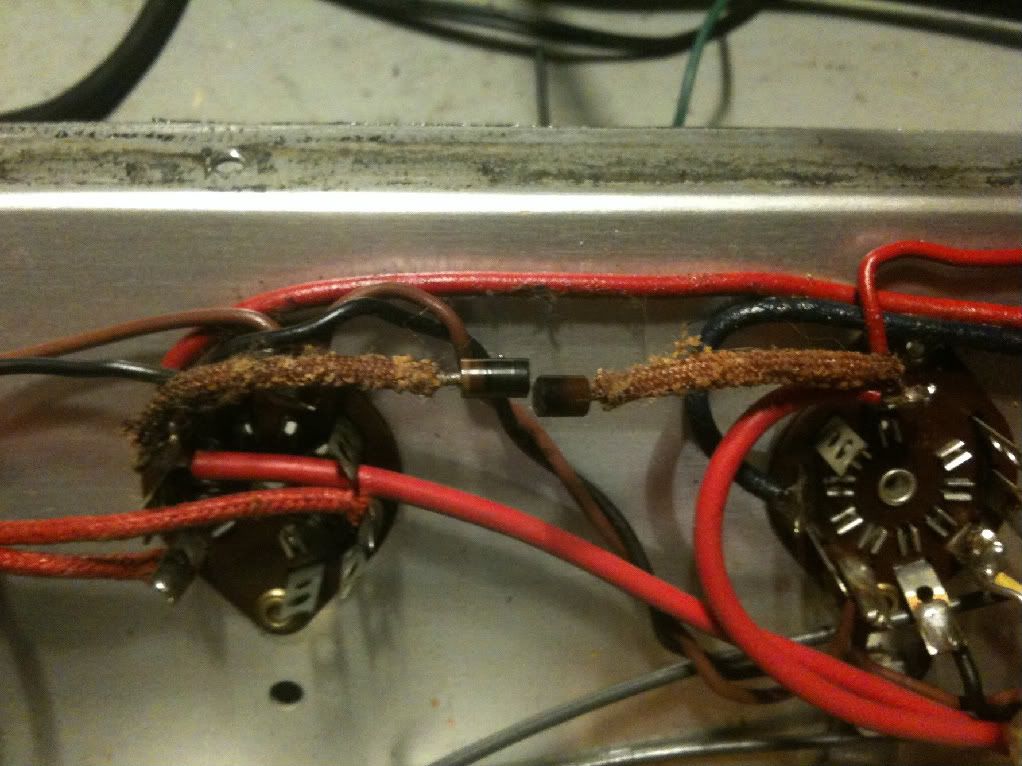
On to the speaker. The speaker had two tares. What better way to fix these, but with good ole paper towels, glue, and a little spray paint. I cleaned the area, and saturated a section of paper towel with glue. Then carefully I covered the holes and smoothed them out. After they were completely dry, I gave them a few shots of black spray paint. Next I replaced the flimsy wire with 16guage speaker wire.
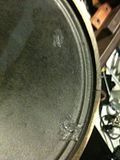
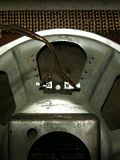
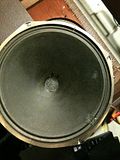


Amp turned out great and the guy was happy. I did mention to him that he probably should replace the caps and the power switch seemed to be going bad. The switch is too cool, because it is a rotary on-off switch as opposed to a toggle. These switches aren't common. A few weeks later I did eventually get a call to replace the switch and to do the cap job, which I am currently pricing parts out for. Why let a sweet almost 50 year old amp die!

No comments:
Post a Comment